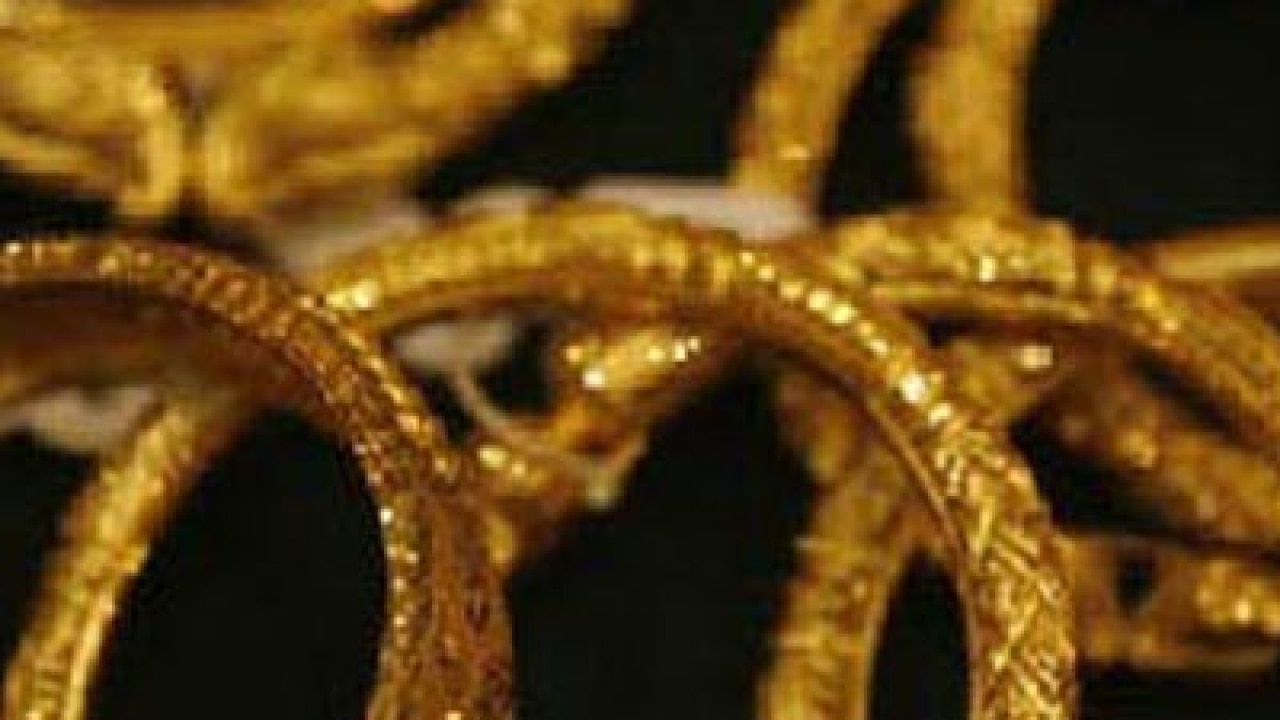- Select a language for the TTS:
- UK English Female
- UK English Male
- US English Female
- US English Male
- Australian Female
- Australian Male
- Language selected: (auto detect) - EN
Play all audios:
Backholm, M. and Bäumchen, O. _Nat Protoc_ 14, 594–615 (2019) Mechanical forces, if tiny ones, are hard at work in the body of small organisms like _Caenorhabditis elegans_ worms or
microalgae like the flagellated _Chlamydomonas_. Pico-to-millinewton-scale forces govern the dynamics between molecules and cells and are produced as the small creatures move about, but
taking those measurements has been technically challenging. A protocol to do so, originally demonstrated with _Chlamydomonas_ in _Nature Physics_ has now been described in step-by-step
detail in _Nature Protocols_. The researchers use swimming _C. elegans_ as an example application, but the sensor can be used record forces in soft samples that are micro- to millimeters in
size. It involves creating a force sensor from a flexible micropipette and calibrating it with water droplets. Deflections in the micropipette reflect the force being exerted. AUTHOR
INFORMATION AUTHORS AND AFFILIATIONS * Lab Animal http://www.nature.com/laban/ Ellen P. Neff Authors * Ellen P. Neff View author publications You can also search for this author inPubMed
Google Scholar CORRESPONDING AUTHOR Correspondence to Ellen P. Neff. RIGHTS AND PERMISSIONS Reprints and permissions ABOUT THIS ARTICLE CITE THIS ARTICLE Neff, E.P. Measuring tiny forces.
_Lab Anim_ 48, 83 (2019). https://doi.org/10.1038/s41684-019-0258-1 Download citation * Published: 19 February 2019 * Issue Date: March 2019 * DOI: https://doi.org/10.1038/s41684-019-0258-1
SHARE THIS ARTICLE Anyone you share the following link with will be able to read this content: Get shareable link Sorry, a shareable link is not currently available for this article. Copy to
clipboard Provided by the Springer Nature SharedIt content-sharing initiative





